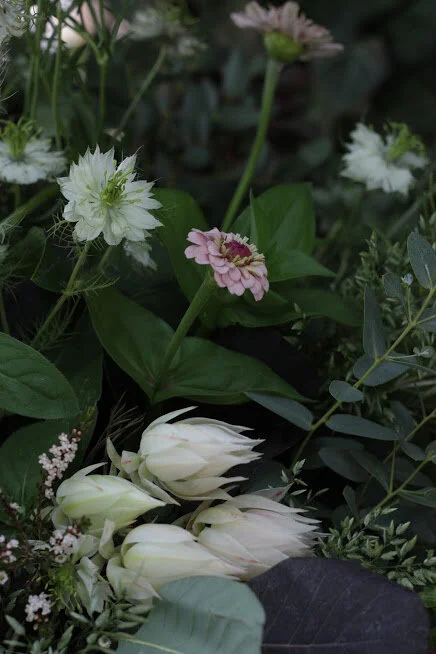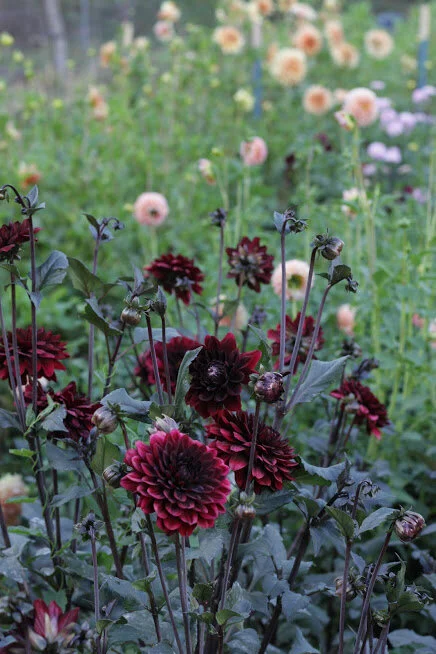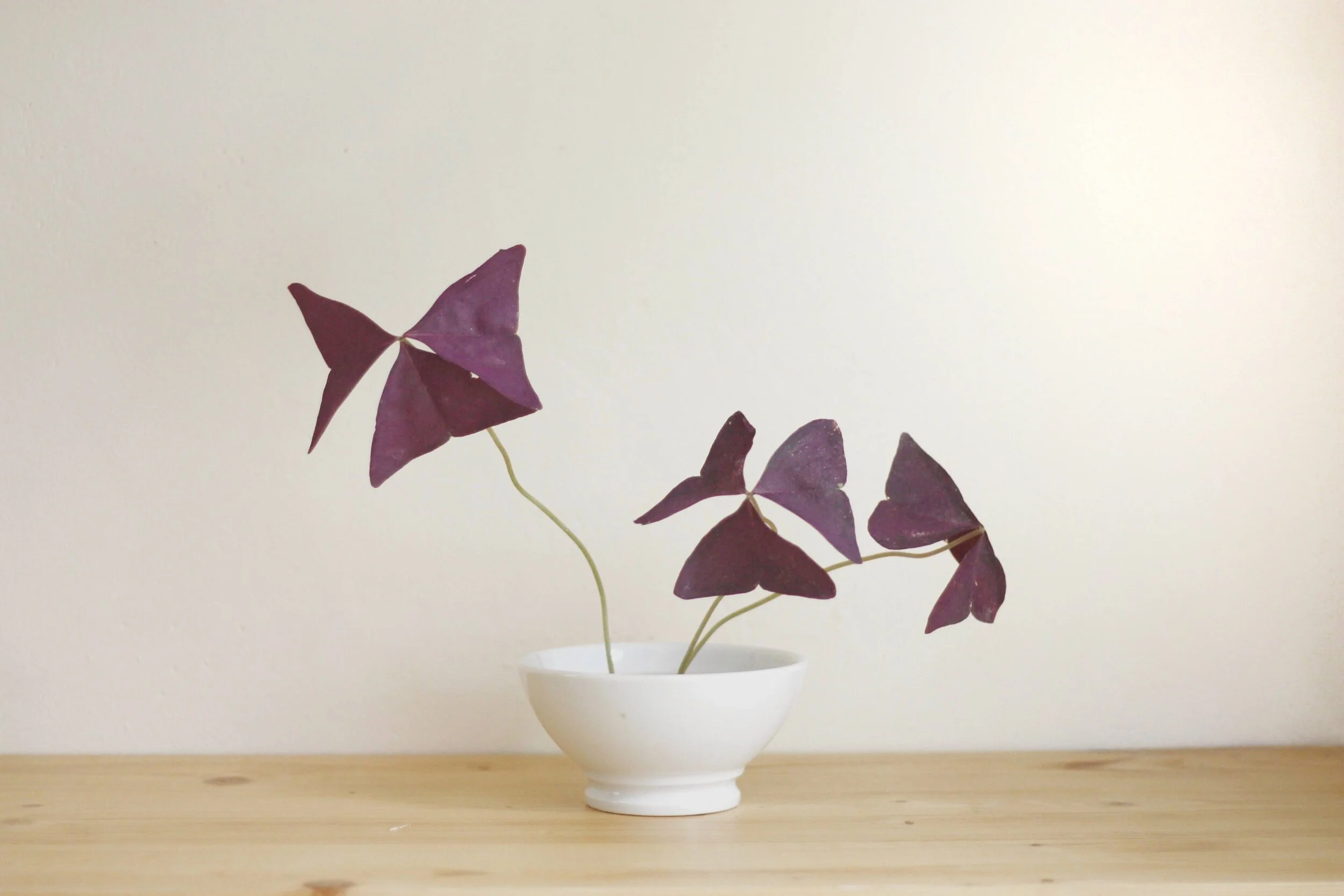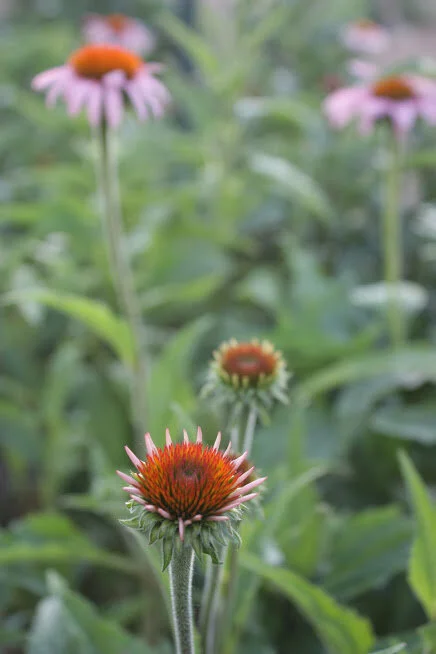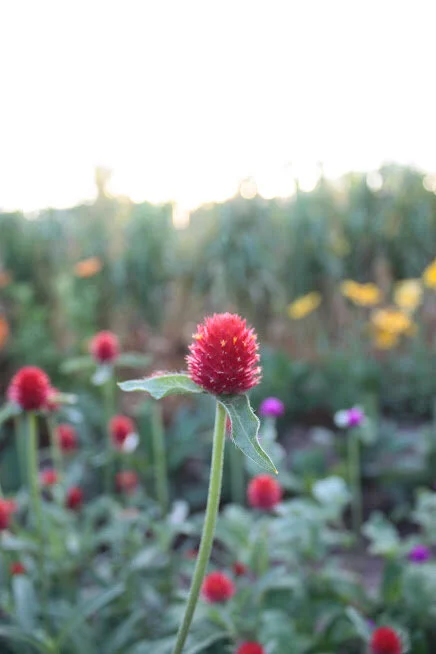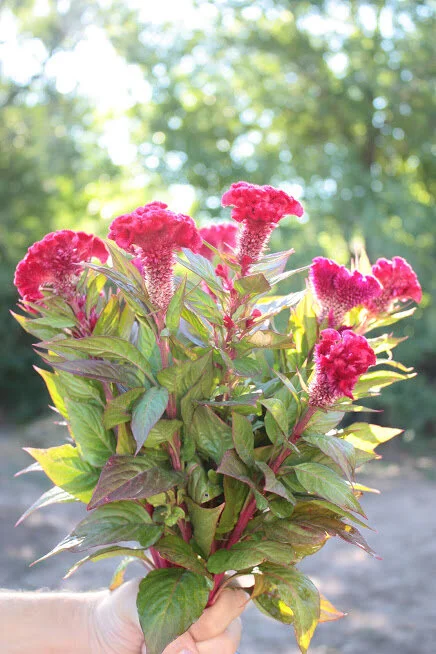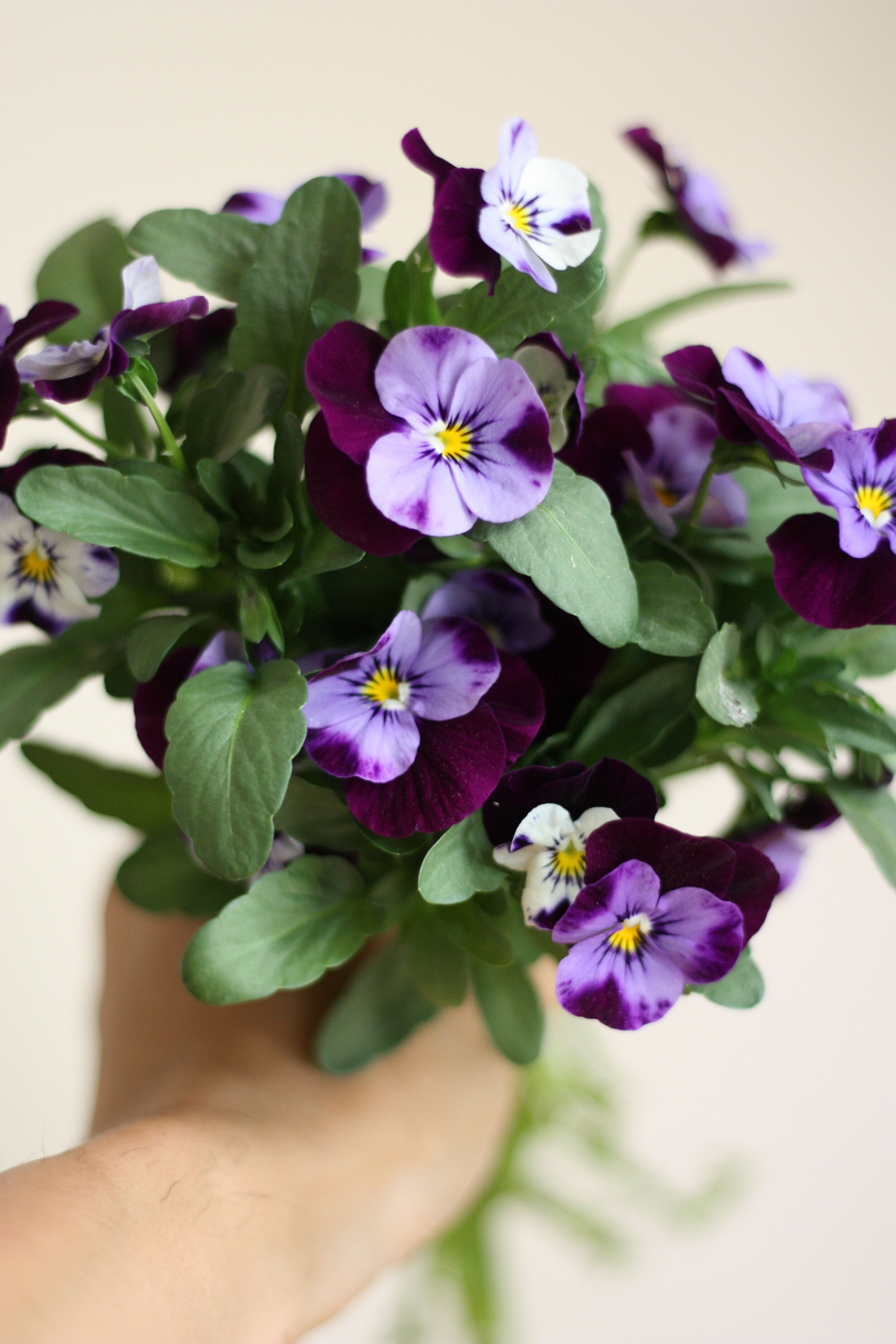Flower farming can get complicated very very quickly, and it’s easy to let the season get away from you. To stay on track, for us it boils down to three items - the vision board, the map (or design) and the spreadsheet. Each of these items support each other, help to understand your planting schedule and scheme and will help you to stay on schedule as a result.
Read MoreIt’s hard to believe that in just a few short weeks, we’ll be starting to see the first blooms of the season here. Starting off with the winter jasmine and iris reticulata, spring is probably one of our favorite times of the year with some of our all-time favorite flowers blooming (muscari, narcissus, lilacs, ranunculus and anemones to name a few!)
It’s also exciting because with the arrival of the new year it is OFFICIALLY time to start seeds for our 2020 gardens. While we did plant some things in fall and will overwinter plenty of perennials, we start a lot of seeds in the winter for planting out in early spring.
Read MoreIf you’ve gardened before, it’s common to let the flowers bloom on the plants - whether a bulb, annual, perennial or woody shrub or tree and enjoy them in the setting of the garden. This is certainly a great way to enjoy flowers, but when you are able to cut flowers to enjoy indoors - particularly flowers that are grown specifically for their ability to be enjoyed as cut flowers in a vase - it takes your enjoyment to a whole new level.
Read MoreThere are a lot of factors that can contribute to hardy annuals’ survival and success, including how freely the soil drains, what type of microclimate they are located in, precipitation, and even variety of the species you’re growing, but by far the most important factor is their hardiness. And although there are some resources out there regarding the hardiness of these annuals, I think the Royal Horticultural Society (hereafter referred to as the RHS) rating system has a better way of describing the overall hardiness of hardy annuals.
Read MoreIf you try to model yourself after another person or business you will fail. Simply because you are NOT them, that business is NOT yours, and it’s not authentic.
What matters to the person/customer following your journey and what matters for your business is that you tell the world about yourself. And you be your authentic self with all the brilliant bits of you that shine brightly and the parts that shine a little less brightly too.
Read MoreAnemones, ranunculus, tulips, hyacinths, muscari are some of our favorite spring flowering bulbs. We’ve written a care guide including their growth habits, cultivation needs and how to harvest and utilize them as cut flowers indoors!
Read MoreThe best time to plant hardy annual and biennials is when the summer heat has left, but before the season is over. It’s a very narrow window of time for most people, but with a bit of planning you can make sure that you plant at the ideal time.
But when is the best time?
Too soon, and your plants won’t do well. Cool season annual flowers like cool and moist conditions to grow in, and if temperatures are too hot you may find a lot of issues with growing them including finding it hard to establish, a higher disease rate, and other issues that come with warmer weather.
On the other hand, you don’t want to plant too late - if too late in the season, your seedlings can’t get established and may not survive the winter. Or in the best case scenario, your seedlings may not die - but they won’t have time to get their roots established either, which means that you miss out on your advantage of fall planting.
Read MoreThe traditional way of using zinnias is similar to other compound flowers like gerbera daisies and mums - simply placed into an arrangement overlapped with foliage and filler until you have a solid mass of vegetation… I personally think zinnias are massively underrated and underutilized as far as their form and line, especially because zinnias in the garden or field get some very interesting and beautiful stem shapes. The same way that a stem of ranunculus may swoop and snake around to create some of the most interesting shapes, zinnias when used in the same way can also create the same visual interest.
Read MoreHey folks! Just been thinking more about some floral design tips and tricks to help you in your design endeavors and I came up with some more simple, easy-to-follow tips for you.
Read MoreMastering the mason jar floral design is important, especially as a flower farmer. Whether you’re making the arrangement for yourself, a friend, or for selling at a farmer’s market, a mason jar arrangement isn’t too complicated - but still allows you plenty of room for being creative with your design and style!
Read MoreInspired this week by the weedy grasses growing in the unkempt part of the garden (the part that I don’t usually photograph and avoid thinking about until I can figure out its purpose better) I decided to make an airy, elegant, wild arrangement inspired by those grasses.
Read MoreWhile the basics of floral design are important to know (It’s not advisable to attempt an asymmetrical compote arrangement if you haven’t mastered the mason jar arrangement) and it may take a while to develop the eye for certain designs, there are also a couple tips that I’ve learned over the years to help ensure that your designs are consistently good.
Read MoreEasy to grow from seed, tough as nails, drought tolerant and winter hardy as well, yarrow is a great plant to grow - requiring very little care or maintenance - and will provide you with a lot of blooms for use in floral arrangements and bouquets.
Read MoreOne of the first flowers I ever grew from seed were purple coneflowers - Echinacea purpurea, the poster child of the North American native plant movement and a key species in everything from pollinator gardens to giant prairie plantings everywhere.
It’s a great plant to grow - doing well in even the worst conditions of poor soil, hot humid summers, freezing cold winters, and will support itself with long strong stems and a great upright habit. It will support a great variety of native pollinators, grows well nearly everywhere and is a robust and hardy perennial that will reward you with long flowering stems year after year.
Read MoreWhat do you do when the flowers you’ve grown aren’t necessarily the ones that you’d like to have? What if you were wanting to have blush dahlias, cosmos and roses for the summer but none of them turned out? What if you don’t have enough filler, or your foliage looks ratty from flea beetles?
I think we’ve all been there in some form or fashion. The problem is that you can’t just wave a wand and make flowers appear - you’re going to have to make do with the flowers you have growing.
So now what?
Read MoreAmaranthus is pretty easy after you’ve got seedlings in the ground - with enough heat and sunlight, it will be one of the lowest maintenance plants you can grow in the garden. Seriously, it will just start shooting up into a big and tall plant, seemingly rocketing up overnight to take advantage of the warm growing season, and if you keep giving it water and nutrients it will continue to grow just as explosively.
Read MoreGomphrena (also commonly referred to as globe amaranth) is the cutest little flowering plant you’ve ever seen. Little brightly colored gumdrop-like flowers at the end of long straight stems make for a very unusual but very enjoyable plant in the garden and in the vase.
Read MoreSunflowers are one of our favorite flowers. Their sunny faces are well-beloved by pretty much everybody -with even artists like Monet and Van Gogh immortalizing them in their art - and are one of the easiest, most reliable flowers to grow. A staple of flower farmers ad gardeners everywhere, they are a great flower to have in the garden and in the vase.
Read MoreCelosia - know by its common name of ‘Cockscomb’ given the appearance of certain varieties - is a wonderful flower to grow as a cut flower. Easy to grow from seed, low maintenance, growing vigorously and without much issue even in extreme heat and humidity and lasting forever in the vase, celosia is a very happy, colorful, and spectacular flower.
Read MoreWe knew that it would probably be a gamble to try and grow violas and pansies as cut flowers here - growing a mile above sea level really shortens stem length for all flowers, and our springs are generally short and very hot, which are all non-ideal conditions for growing violas and pansies
But we decided to give it a try (and I’m glad we did!). because we wanted to see if it was possible to get them to grow as cut flowers here. If it were possible, we knew pansies and violas would be an invaluable addition to the lineup cut flowers we are able to offer in the spring - being some of the earliest and most hardy flowers to grow.
Read More
